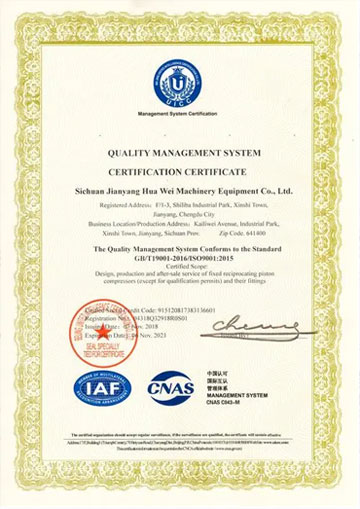

Securing Steel Columns Using Anchor Bolts for Structural Stability and Safety
Oct . 21, 2024 17:22 Back to list
Securing Steel Columns Using Anchor Bolts for Structural Stability and Safety
Fastening Steel Columns with Anchor Bolts An Essential Guide
When it comes to erecting robust structures, one of the critical aspects is ensuring that steel columns are securely anchored to their foundations. This process is essential for maintaining structural integrity, stability, and safety over the lifespan of the building. Utilizing anchor bolts to fasten steel columns is a common and effective method in the construction industry, providing the necessary support to withstand various forces, including wind, seismic activity, and load-bearing pressures.
Understanding Anchor Bolts
Anchor bolts are steel rods that are embedded in concrete during the curing process, providing a strong hold for various structural elements. They come in different shapes and sizes, varying from L-shaped to J-shaped, and are chosen based on the specific requirements of the project. The primary role of anchor bolts is to fasten columns, beams, and other structural components to the foundation or concrete slab, ensuring that these components remain securely attached even under stress.
The Importance of Proper Installation
To ensure the effectiveness of anchor bolts in fastening steel columns, meticulous attention must be paid to the installation process. Here are some key steps and considerations
1. Design Considerations Before installation begins, a detailed engineering analysis should be performed to determine the appropriate number, size, and type of anchor bolts necessary for the job. This analysis must take into account factors such as the load the columns will bear and the environmental conditions they will face.
fastening steel columns with anchor bolts

2. Foundation Preparation The concrete foundation must be adequately prepared to receive the anchor bolts. This includes ensuring that the concrete is properly mixed, cured, and free from debris and other contaminants that could affect the bond once the bolts are set.
3. Placement and Alignment During installation, the anchor bolts must be accurately placed and aligned according to specifications. Misalignment can lead to structural weaknesses or failure down the line. Templates or jigs can be utilized to maintain consistent spacing and positioning of the bolts.
4. Setting the Bolts Once placed, the anchor bolts can be set into the concrete. They should be cast in place while the concrete is still wet, ensuring a secure bond once the foundation has cured. In cases where retrofitting is required, chemical adhesives may be used to anchor bolted connections.
5. Inspection and Quality Control After installation, it is crucial to conduct thorough inspections to verify that the anchor bolts are correctly installed and secure. Engaging quality control measures, such as load testing, can provide assurances that the fastening system will perform as intended.
Conclusion
Fastening steel columns with anchor bolts is a fundamental procedure in steel construction that significantly impacts the overall performance and safety of a structure. By adhering to best practices in design, installation, and quality control, builders and engineers can ensure that their constructions stand the test of time. As buildings become taller and more complex, the demand for reliable anchoring systems will only grow, emphasizing the importance of understanding and perfecting the use of anchor bolts in the construction process. In a world where safety and integrity are paramount, a well-anchored steel column is not just a necessity; it's a commitment to enduring quality and stability.
Latest news
-
High-Strength Hot Dip Galvanized Bolts - Hebei Longze | Corrosion Resistance, Customization
NewsJul.30,2025
-
Hot Dip Galvanized Bolts-Hebei Longze|Corrosion Resistance&High Strength
NewsJul.30,2025
-
High-Strength Hot-Dip Galvanized Bolts-Hebei Longze|Corrosion Resistance&High Strength
NewsJul.30,2025
-
Hot Dip Galvanized Bolts-Hebei Longze|Corrosion Resistance&High Strength
NewsJul.30,2025
-
Hot Dip Galvanized Bolts - Hebei Longze | Corrosion Resistance, High Strength
NewsJul.30,2025
-
High-Strength Hot Dip Galvanized Bolts-Hebei Longze|Corrosion Resistance, Grade 8.8
NewsJul.30,2025

